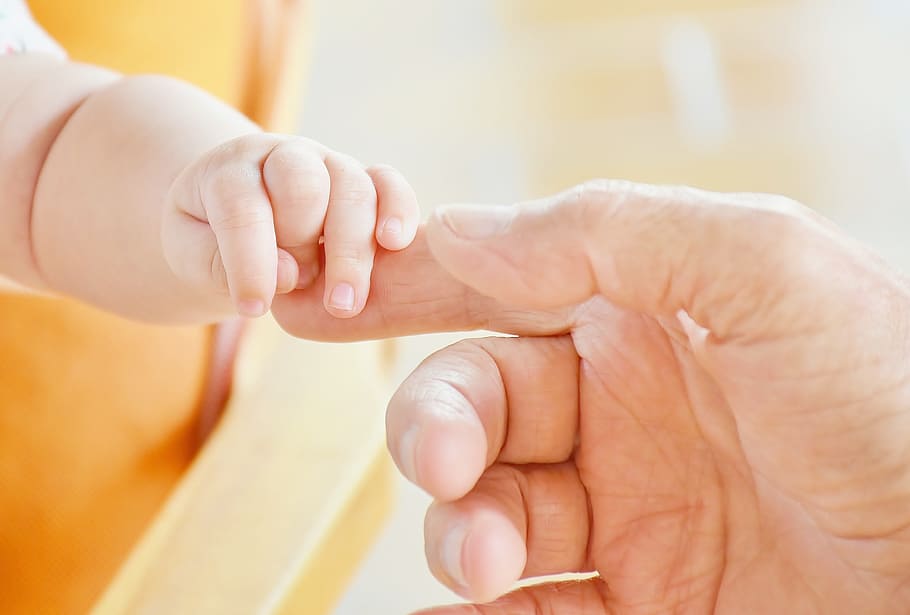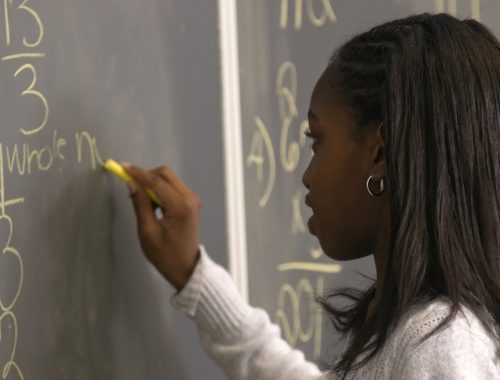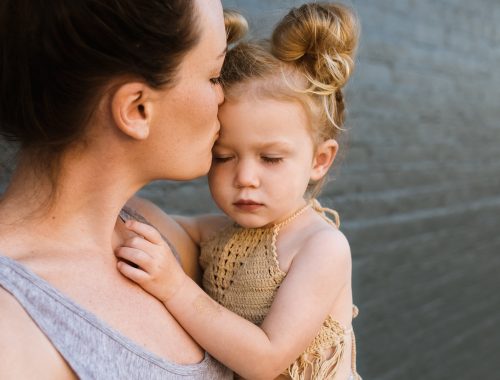
How Neural Communication Can Help Special Children
How Neural Communication Can Help Special Children
Are you curious about how neural communication plays a crucial role in learning and how it can help children with various conditions improve their movement, cognition, and emotional well-being? Well, you’re in the right place! In this guide, we’ll explore the fascinating world of neuromovement and its potential to make a positive impact on children’s lives. From enhancing differentiation and integration to forming better-organized patterns of movement, thought, feeling, and emotion, neural communication is a game-changer. So, let’s dive in and discover how neuromovement can benefit children facing challenges like Autism, Cerebral Palsy, Down Syndrome, Sensory Integrative Dysfunction, Cerebellar Atrophy, Scoliosis, Stroke, Macrocephaly, Hydrocephaly, and other conditions.
Understanding Neural Communication and Learning
Neural communication refers to the complex network of connections within the brain that allows information to flow and signals to be transmitted. It plays a crucial role in learning by facilitating the development of new neural pathways and the strengthening of existing ones. Here’s how it works:
Differentiation
Neural communication encourages the brain to differentiate, which means distinguishing between different elements of a sensory experience. It helps children perceive and differentiate various sensations, such as touch, sound, and sight, leading to a more accurate understanding of their environment.
Integration
Through neural communication, the brain integrates information from various sensory modalities, enabling a child to make sense of the world around them. This integration enhances cognitive abilities, memory, and problem-solving skills.
Formation of better-organized patterns
Neural communication promotes the formation of better-organized patterns of movement, thought, feeling, and emotion. This enables children to develop efficient and coordinated motor skills, enhanced cognitive processing, and improved emotional regulation.
Benefits of Neuromovement for Children with Specific Conditions
Now, let’s explore how neuromovement can specifically benefit children facing challenges related to various conditions:
Autism
Neuromovement approaches can help children with Autism by promoting greater self-awareness, social engagement, and emotional regulation. It supports the development of more flexible and adaptive behaviors, enhancing their overall quality of life.
Cerebral Palsy
Neuromovement techniques can improve motor function, coordination, and balance in children with Cerebral Palsy. By facilitating the creation of new neural connections, it promotes more efficient movement patterns and increased independence.
Down Syndrome
Neuromovement fosters cognitive development and motor skills in children with Down Syndrome. It can help improve muscle tone, spatial awareness, and communication abilities, leading to greater independence and integration.
Sensory Integrative Dysfunction
Neuromovement interventions provide sensory stimulation and integration for children with Sensory Integrative Dysfunction. By addressing sensory processing challenges, it enhances their ability to engage with their environment and promotes self-regulation.
Cerebellar Atrophy
Neuromovement techniques focus on activating and stimulating the cerebellum, which plays a vital role in motor control and coordination. This approach can help improve balance, motor skills, and overall movement patterns in children with Cerebellar Atrophy.
Scoliosis
Neuromovement can assist in improving posture, alignment, and functional movement in children with Scoliosis. By enhancing the brain’s ability to control movement and promoting more balanced muscle activation, it can have a positive impact on spinal alignment.
Stroke
Neuromovement interventions can aid in neuroplasticity and recovery after a stroke. It focuses on re-establishing neural connections and improving motor function, facilitating the rehabilitation process.
Macrocephaly and Hydrocephaly
Neuromovement techniques can support children with Macrocephaly and Hydrocephaly by promoting more optimal movement patterns, improving balance, and addressing potential developmental delays.
Embracing the Potential of Neuromovement

The power of neural communication and the benefits of neuromovement are truly remarkable. By engaging in appropriate neuromovement programs and therapies, children can experience significant improvements in their physical, cognitive, and emotional well-being. Here’s how you can embrace the potential of neuromovement:
Seek professional guidance
Consult with a practitioner experienced in neuromovement approaches. She can provide tailored strategies and interventions specific to your child’s needs.
Participate in targeted programs
Enroll your child in specialized neuromovement programs designed to address their specific condition. These programs often include a combination of movement exercises, sensory integration, and cognitive stimulation.
Create an enriched environment
Foster an environment that encourages sensory exploration, movement, and play. Provide a variety of stimulating materials, engage in interactive games, and incorporate movement-based activities into their daily routine.
Practice consistency and patience
Neural communication and the benefits of neuromovement take time to unfold. Be patient and consistent with your child’s therapy and exercises, as regular practice is key to achieving positive outcomes.
Remember, every child is unique, and their progress may vary. Celebrate their individual milestones and provide them with the love, support, and encouragement they need along their journey.
Congratulations! You now have a better understanding of how neural communication and the power of neuromovement can positively impact children facing various challenges. By embracing the potential of neuromovement and providing the right support, you can help your child enhance their learning, movement, and overall well-being. So, take the first step and explore the transformative world of neuromovement. Your child’s journey to a brighter future starts here.
You May Also Like

Teach Your Children How To Cook
2022-11-09
Teaching Kids the Foundation of Modern Mathematics: The Famous Set Theory
2021-08-31

